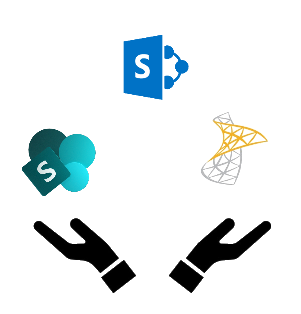
If you looking for publishing news content to your organization quickly and with perhaps looking to SharePoint News should be the way to go. You’ll have access to multiple tools and get for example content displayed from multiple sites. If you have the SharePoint App on your phone, you’ll be notified once something new is published. However, there are some scenarios where people may want to receive an email with this type of information.










22 Comments